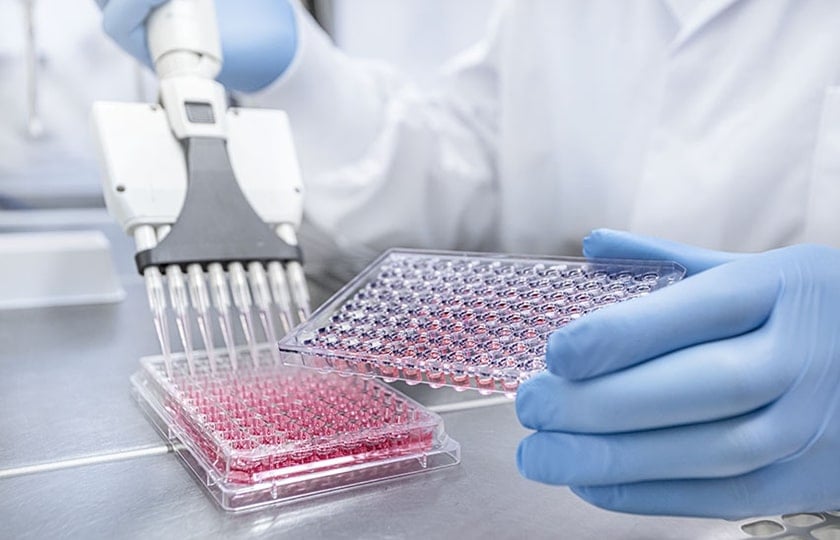Tips for Achieving In Vivo-Like Cellular Behavior in Experimental Models
Permeable membrane inserts allow cells to exhibit their true polarization extent, similar to their behavior in a natural environment. By utilising inserts in your experimental setup, you can expect more reliable and accurate results. In this article, we describe how this is done, and how it is likely to benefit your experimental outcome.
Permeable membrane inserts allow cells to show the true extent of their polarization
Porous membranes have been used as cell growth substrates for decades, and their significant advantages over solid, impermeable substrates have been exploited in many applications and studies. Epithelial and endothelial cells can be grown and studied in a polarized state under more natural conditions in vitro when permeable membrane inserts are used. Cellular differentiation can also occur at a higher level, resulting in cells that are morphologically and functionally closer to the situation in vivo.
Example: Air lift culture – how it is done
To establish a cell culture at the air-liquid interface, epithelial cells are seeded on membrane inserts. Once the cells have attached and proliferated, the culture medium is removed from the apical side of the epithelium, exposing the cells to ambient air. The cell culture inserts allow polarized cells to feed basolaterally and perform metabolic activities in a more natural way. Such systems are commercially available with different pore sizes and membrane materials for numerous experimental requirements.

Selecting the right membrane to achieve the best results
When selecting a membrane for tissue models in submersed or air-lift culture, pore size and density are important considerations. The membrane's pore size affects permeability, which is crucial for the exchange of nutrients, gases, and waste products between compartments. To promote optimal cell growth and accurate transport studies, a membrane with high pore density is preferable. However, the high density can limit membrane transparency, making microscopic observation impossible.
By combining high membrane permeability and best possible transparency, Greiner Bio-One is offering a unique 96 well insert version, exclusively designed for applications that require both high diffusion rates as well as microscopic readouts. This is assured by a special pore arrangement and a high pore density. In addition, a product version featuring a translucent membrane complements the portfolio for experiments that need highest diffusion rates while imaging is not required.
Different application, different pore size
Small pore sizes (e.g., 0.4 µm) are primarily used for drug transport studies and studies that require the formation of a fully differentiated monolayer. Cell invasion, chemotaxis, and motility studies require larger pore sizes. Sizes for migration and invasion assays typically range from 3-8 µm, with smaller pores used for migration assays and larger pores are used to evaluate the ability of cells to invade through a barrier (invasion). Moreover, the appropriate pore size should be selected based on the specific research question and the characteristics of the cells being studied, such as their size, morphology, and behavior, as well as the properties of the membrane material used. In certain cases, experiments must be performed to determine which pore size works best. The scientific literature provides guidance on this, and the experts at Greiner Bio-One will be happy to advise you. Depending on which substances are used in the experiments, the chemical compatibility of the materials with them must be ensured – for example, with alcohols, acids and bases, oils, and solvents.
Do you want to learn more about the potential and applications of innovative cell culture products for high-throughput screening? Don't miss any important updates! Stay up to date on new trends and insights and subscribe to our blog series now!
